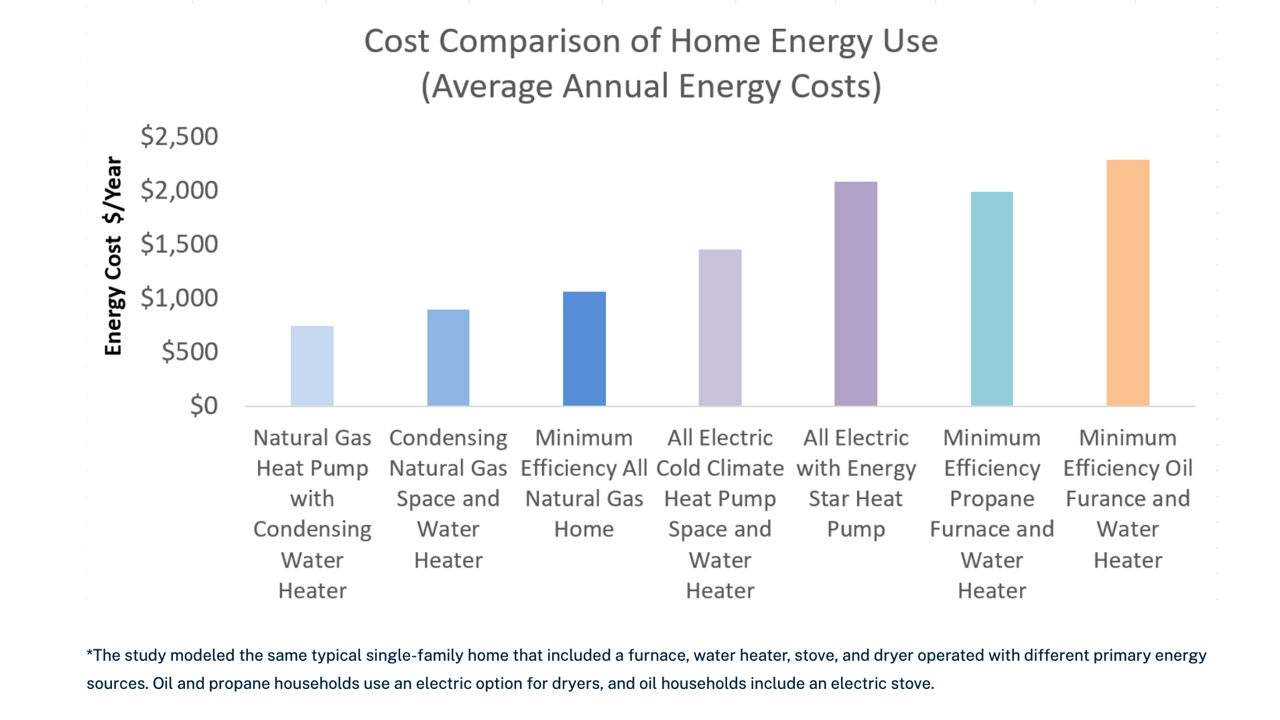Winter just began, and the coldest days of the season are on the horizon. Through much of the country, many will reach to their thermostats to crank up the heat… some places more than others.
It’s important to know what options work best when it comes to heating your home.
The methods of how we heat our homes range from clean and green to the kind that literally cause smoke to rise out of a chimney.
However, the most sustainable and cost-effective way to heat a home is subjective. The answer varies from one place to another and comes down to what type of fuel sources are most accessible in that location.
Weather and climate play a role, too. Colder regions favor certain methods over others and vice versa.
It all stems from the fuel source
Electricity and natural gas are, by far, the most common heating fuel sources in the U.S. Other sources include propane, wood and oil.
According to the U.S. Energy Information Administration’s (EIA) 2020 Residential Energy Consumption Survey, about 25% of households in the U.S. rely solely on electricity to heat their homes. Electric heating systems are typically the most eco-friendly, but they often come at a higher cost.
Of course, it’s hard to pin down exact amounts, since energy prices vary by location and fluctuate over time.
Electric heating is more suitable across the southern U.S., where winters are usually milder and the demand for heating isn’t as high. Using this fuel source across the northern half of the country where it gets and stays colder for longer can send electricity bills soaring.
In 2022, the U.S. Department of Energy (DOE) stated that natural gas was 3.4 times more affordable than electricity, which is why it might be the better option for heating homes in some parts of the country. The EIA’s 2020 Residential Energy Consumption Survey reported over 50% of households in the U.S. used natural gas to heat their homes.
Even though it might come with a slightly bigger carbon footprint, natural gas is far more cost-effective for many Americans, especially for those living in colder climates such as the Midwest and Northeast.
(American Gas Association)
The American Gas Association (AGA) claims that annual energy costs for an all-electric home using a cold-climate heat pump can be roughly 37% higher than a home using natural gas as its source of heating, cooking and drying clothes.
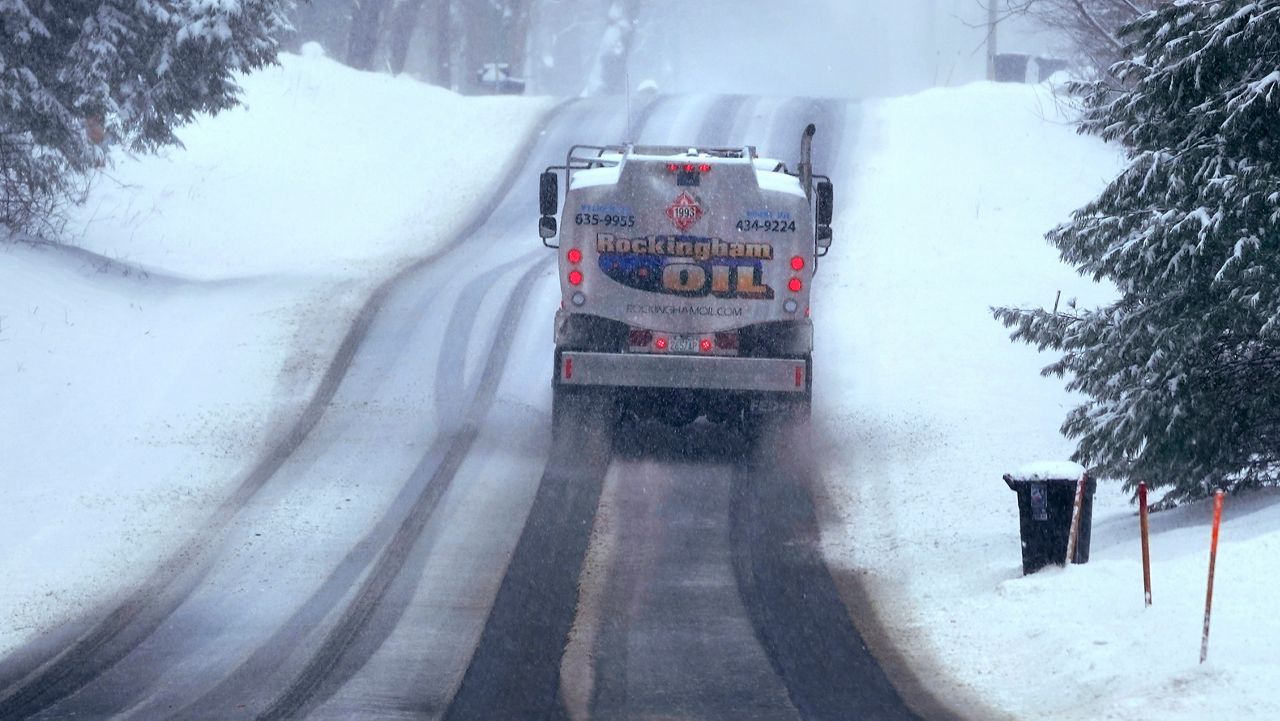
A home heating oil delivery truck climbs a snow-covered road in the Northeast on Feb. 28, 2023. (AP Photo/Charles Krupa, File)
On the national scale, oil is not nearly as common as natural gas or electricity. Yet, it was once the most popular fuel in the Northeast, where it is still used in roughly 20% of homes. However, this source of heating is not as environmentally friendly and is often more expensive than electric and natural gas heat.
The most common heating systems
The DOE says that most Americans use either a furnace or boiler to heat their home. Both systems can be fueled by natural gas, oil or electricity, but differ in how they provide heat to dwellings.
The biggest difference between the two is that furnaces heat air, while boilers heat water.
Over the years, these systems have been improved to be more energy efficient. To see how efficient each furnace or boiler is, the DOE examines its annual fuel utilization efficiency (AFUE).
The AFUE is essentially a percentage measuring how much fuel gets converted to heat. The higher the percentage, the more efficient the furnace or boiler is.
1.) Furnaces:
Most modern homes use a central furnace, which burns a fuel source (either oil or gas) to heat air.
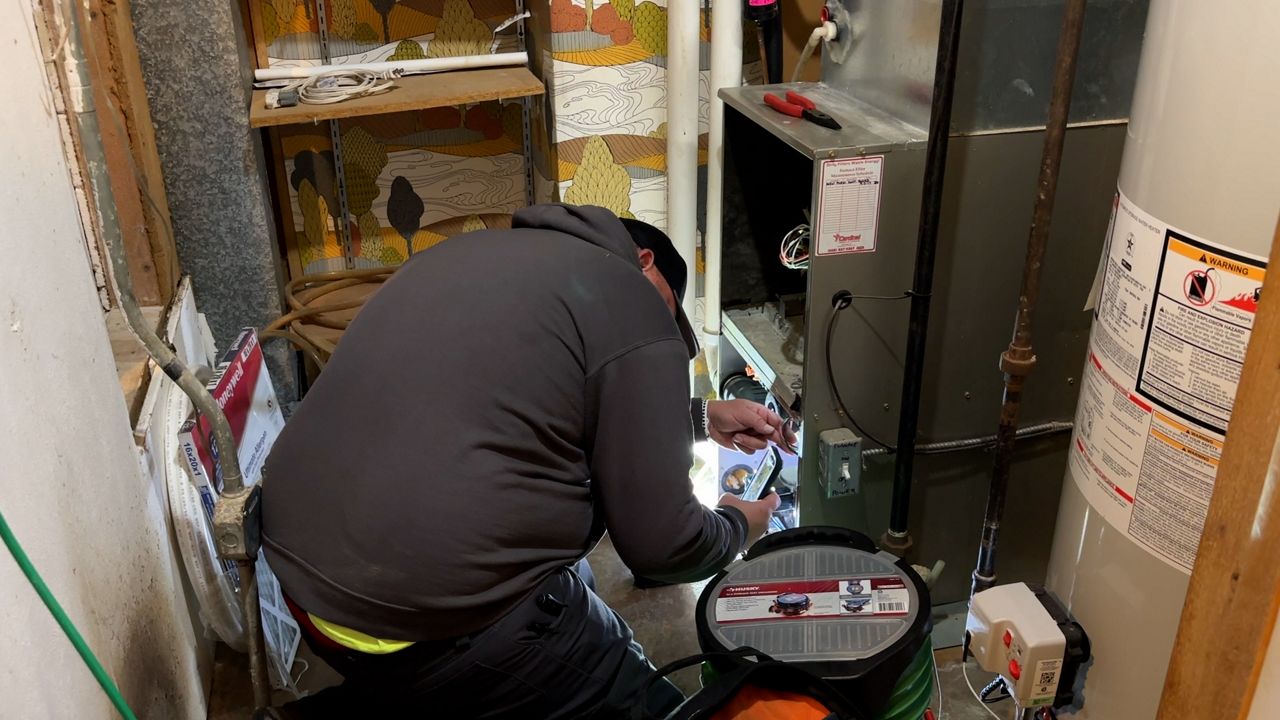
Technician works on a furnace. (Photo by Natalie Sopyla)
The heated air then flows through a series of ducts, where it is released through vents in each room. Cooler air in the room is then sucked back through a return vent, then it goes back into the furnace to be reheated.
This method of heating is fast and energy efficient, which is why most households use it.
2.) Boilers:
Radiators and baseboard heaters in older homes provide heat via a boiler. Hot water or steam travels through pipes in the home. When the hot water reaches the radiator or baseboard unit in each room, it releases its heat. The cooled water then flows back to the boiler to be reheated.
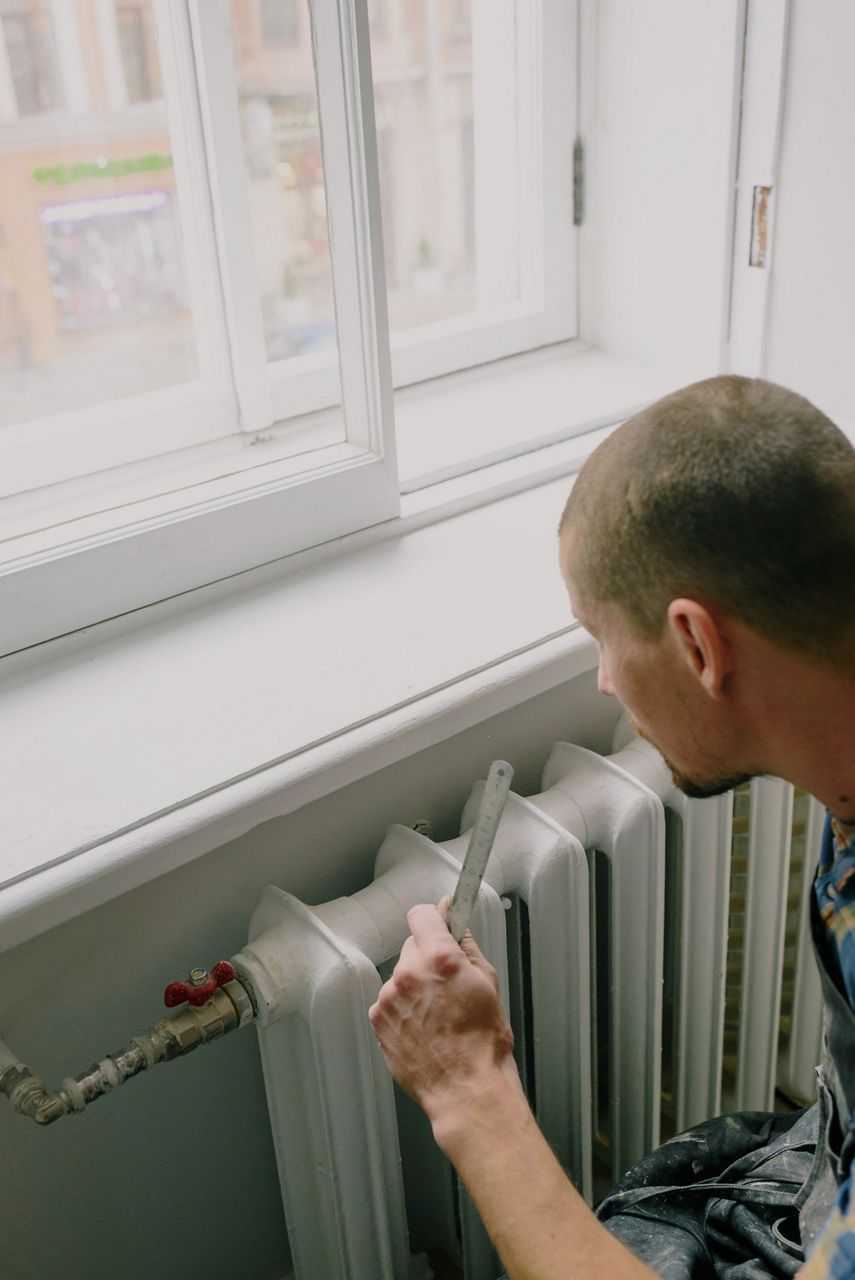
(Pexels)
Since water takes longer to heat than air, this method can take longer for a home to reach the desired temperature, and might not be seen as the most efficient way to heat a home.
That aside, boilers are usually better for people who suffer from indoor allergies, as furnace or forced air systems can blow around dust and pollen particles.
3.) Heat pumps:
Heat pumps are becoming more common and provide heat to the majority of homes in the Southeast. This system runs on electricity and does not require a fuel source to provide heat, which can significantly cut electricity costs compared to an electric furnace or boiler.
Serving as both an air conditioning system and a heating system, heat pumps move warm air out and allow cooler air to flow back into a home during the summer. These systems work in reverse when it gets cold outside, and cooler air is pumped out and warmer air pumped in.
While heat pumps are energy efficient and work well in milder climates, they are not the best option for areas that experience frequently temperatures below 40 degrees. They simply will struggle to provide enough heat, requiring the need for a secondary heating system.
Secondary sources of heat
Residences in colder climates will sometimes need a secondary source to generate heat, especially those that rely on heat pumps as their main system.
To raise the temperatures up a few degrees, some people use space heaters or wood-burning stoves or fireplaces.
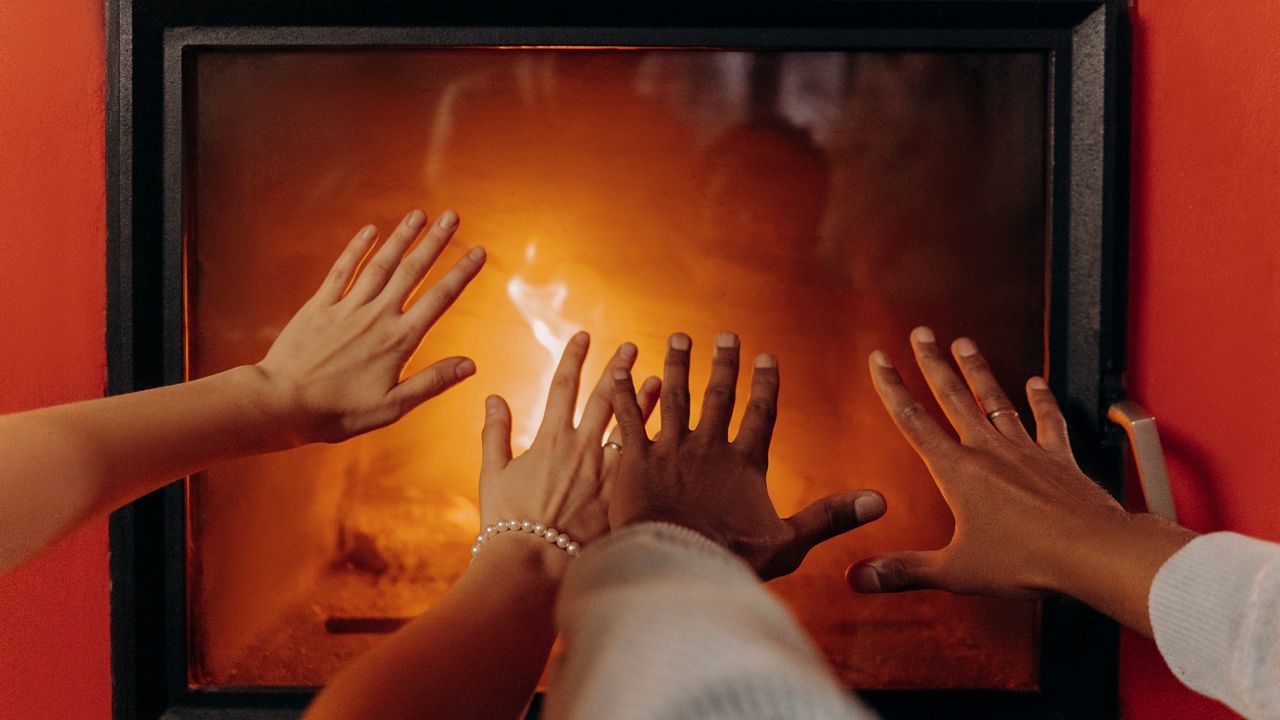
(Pexels)
These options are good at providing supplemental heat, but aren’t the best and most sustainable choices to heat a home by themselves.
Each may be enough to heat one room, but you would need multiple fireplaces, wood-burning stoves or electric space heaters to heat an entire home. If the home is large, you could even need more than one in each room!
Along with the additional costs associated with plugging in multiple space heaters or purchasing wood to burn, these methods come with fire hazards and can increase indoor pollutants, possibly outweighing their benefits.
Our team of meteorologists dives deep into the science of weather and breaks down timely weather data and information. To view more weather and climate stories, check out our weather blogs section.

